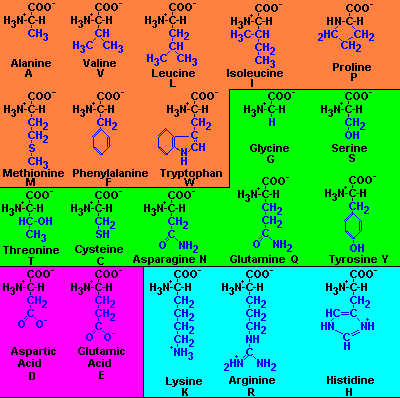

In a similar context, gas hydrates, crystalline water-based solids in which gas molecules are enclathrated in a framework linked by hydrogen bonded water molecules 10, as promising energy resources are within reach 11, 12. It has been estimated that shale gas could supply decades of use for worldwide energy consumption 9. Instead, shale gas reached recent headlines as it became commercially available from technological advances in horizontal drilling and hydraulic fracturing. However, there is still no solution that adequately meets the rapidly increasing energy demands of the world. This suggestion of a new class of KHIs will aid development of KHIs with enhanced biodegradability and the present findings will accelerate the improved control of hydrate formation for natural gas exploitation and the utilization of hydrates as next-generation gas capture media.Īs the energy crisis and increasing levels of environmental pollution are being addressed as the major challenges affecting the modern world, mankind has been steadily seeking new alternative clean energy resources 1, including hydrogen 2, 3, 4, solar 5, geothermal 6, wind 7 and biomass energies 8. It was found that perturbation of the water structure around KHIs plays a critical role in hydrate inhibition. Amino acids with lower hydrophobicity were found to be better KHIs to delay nucleation and retard growth, working by disrupting the water hydrogen bond network, while those with higher hydrophobicity strengthened the local water structure. Here, we examined natural hydrophobic amino acids as novel kinetic hydrate inhibitors (KHIs) and investigated hydrate inhibition phenomena by using them as a model system.

However, the principle of hydrate inhibition is still poorly understood. As the foundation of energy industry moves towards gas, flow assurance technology preventing pipelines from hydrate blockages becomes increasingly significant.


 0 kommentar(er)
0 kommentar(er)
